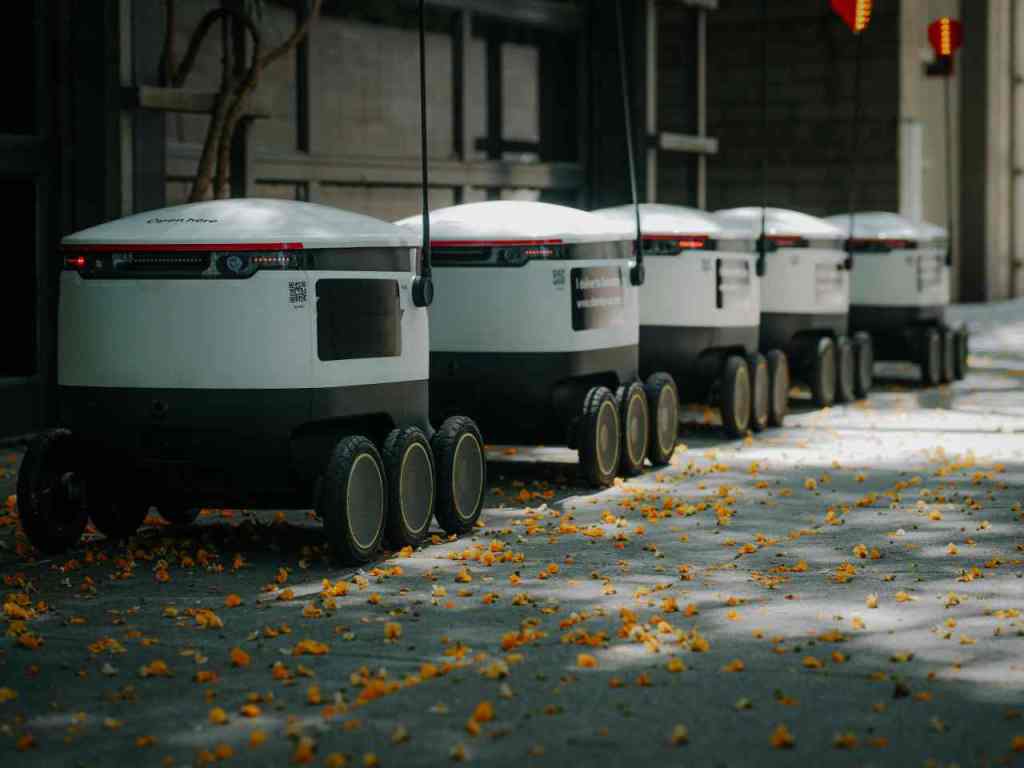
The Trillion-Dollar AI Factory Buildout: A Vision for Global Innovation
The ambition for the future of AI infrastructure is captured by the vision of “AI factories.” This isn’t a single building, but rather vast, interconnected ecosystems designed for the efficient creation and deployment of AI at an unprecedented scale. Jensen Huang, CEO of Nvidia, has projected a staggering $3 trillion to $4 trillion global AI factory buildout between now and 2030 [Prompt]. This figure underscores the immense economic potential and the transformative scale of this industry.. Find out more about Nvidia AI infrastructure growth.
These AI factories encompass not just the advanced hardware like GPUs and specialized processors, but also the sophisticated software, high-speed networking, and specialized facilities required to manufacture and deploy AI models. It signifies a future where AI is not a niche technology but a foundational industrial component, driving productivity and innovation across nearly every sector of the global economy [Prompt].
The market data supports this ambitious vision. While the precise “$3 trillion to $4 trillion” figure for “AI factories” isn’t directly replicated in market reports, the underlying growth is undeniable. The global AI in manufacturing market alone is projected to reach $47.88 billion by 2030, growing at a massive CAGR of 46.5% from 2025. Another report forecasts the Artificial Intelligence in Manufacturing Market to grow from an estimated $34.18 billion in 2025 to approximately $155.04 billion by 2030, at a CAGR of 35.3%. The Industrial AI market is also set to explode, growing from $43.6 billion in 2024 to $153.9 billion by 2030. These figures highlight the colossal investment and economic activity fueling the AI infrastructure buildout, confirming that AI is moving from experimental phases to becoming a core industrial component.. Find out more about AI deployment beyond data centers guide.
This vision for AI factories also emphasizes the evolving nature of data centers. They are becoming highly specialized, focusing on extreme density, massive power delivery, ultra-low latency connectivity, and robust digital ecosystems that bring together research institutions, hyperscale cloud providers, and enterprises. The goal is to create agile, modular, and sustainable facilities capable of adapting to rapid technological changes and accommodating the ever-increasing demands of AI workloads.
Actionable Insights: Navigating the AI Infrastructure Landscape. Find out more about AI at the edge real-time decision making tips.
As we navigate this rapidly evolving landscape, several key takeaways emerge for businesses and stakeholders:
- Embrace Hybrid and Edge Strategies: Relying solely on traditional data centers is no longer sufficient. Organizations must develop strategies that leverage both powerful cloud infrastructure for training and efficient edge computing for real-time inference and decision-making.. Find out more about Nvidia AI robotics industrial automation strategies.
- Prioritize Data Governance and Management: The foundation of any successful AI deployment is robust data. Formalizing data governance policies and ensuring data can be integrated quickly into AI models is crucial for unlocking true value.. Find out more about Nvidia AI infrastructure growth overview.
- Invest in Specialized Hardware and Connectivity: High-performance AI workloads demand specialized infrastructure. This includes access to advanced GPUs, high-bandwidth networking, and low-latency connections, whether through direct investment or cloud services.
- Stay Agile in the Face of Rapid Evolution: The AI infrastructure market is dynamic, with continuous innovation in chip design, software, and deployment models. Companies need to remain adaptable, continuously evaluating new technologies and partnerships to maintain a competitive edge.. Find out more about AI deployment beyond data centers definition guide.
- Consider the Ecosystem: Building AI capabilities often requires collaboration. Engaging with neocloud providers, specialized partners, and research institutions can accelerate development and provide access to cutting-edge solutions.
The trajectory of AI infrastructure development is clear: it’s expanding, diversifying, and accelerating at an unprecedented pace. From the distributed intelligence at the edge to the immense power of cloud-based AI factories, and the groundbreaking potential of quantum computing, the infrastructure being built today is the engine for tomorrow’s innovations. Understanding these trends is not just about staying informed; it’s about positioning your organization to thrive in the AI-driven future that is already unfolding.
What AI infrastructure trends are you most excited about, and how do you see them impacting your industry in the coming years?
